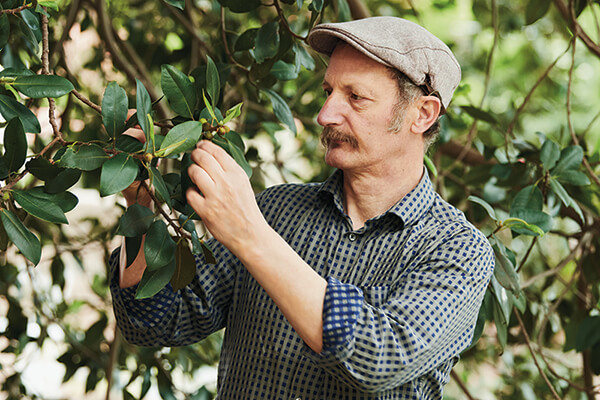
Did you know that there’s food within 3 metres of your front door? It used to be common practice all over the world to collect and eat this wild food. But with the advent of supermarket culture, so much of the knowledge associated with foraging has been lost to us.
Diego Bonetto is passionate about restoring botanical literacy to communities. He runs foraging workshops that teach participants how to engage with delicious wild food while starting conversations around belonging, sustainability and agency, and has collaborated with chefs, herbalists, environmentalists and cultural workers. He has also just published his first book, Eat Weeds.
We recently spoke with Diego about why he thinks weeds have a bad reputation, what inspired him to write the book and what he considers to be his favourite weed.
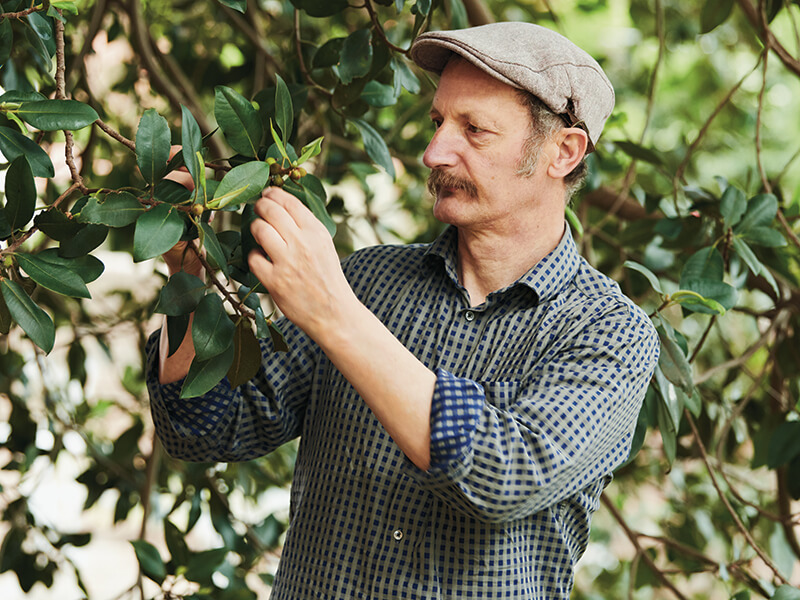
You grew up on a dairy farm in northern Italy, where it was still very common for people to forage for wild produce. What difference did you notice about people’s attitudes towards weeds when you moved to Australia?
A weed is a different plant to different people. What some might see as a problem, others might see as food or medicine. There are lots of plants in Australia, native and non-native.
The ecology around us is now populated by naturalised species from all over the world.
The issue about whether they belong or not, which is still very raw in Australia, does not negate the fact that the plants are here, all around us. And that they have been food and medicine for a long time.
It seems to me that weeds have gained a terrible reputation over the last few generations. Why do you think that is?
Weeds have been demonised since antiquity. It has always been an abstract term to define the ‘unruliness of nature’. That said, the knowledge related to wild harvesting plants for food and home remedies has been practised all over the world, up to a fast degradation in recent decades. Urbanisation, and aspirational lifestyle, swayed us away from the source of those practices.
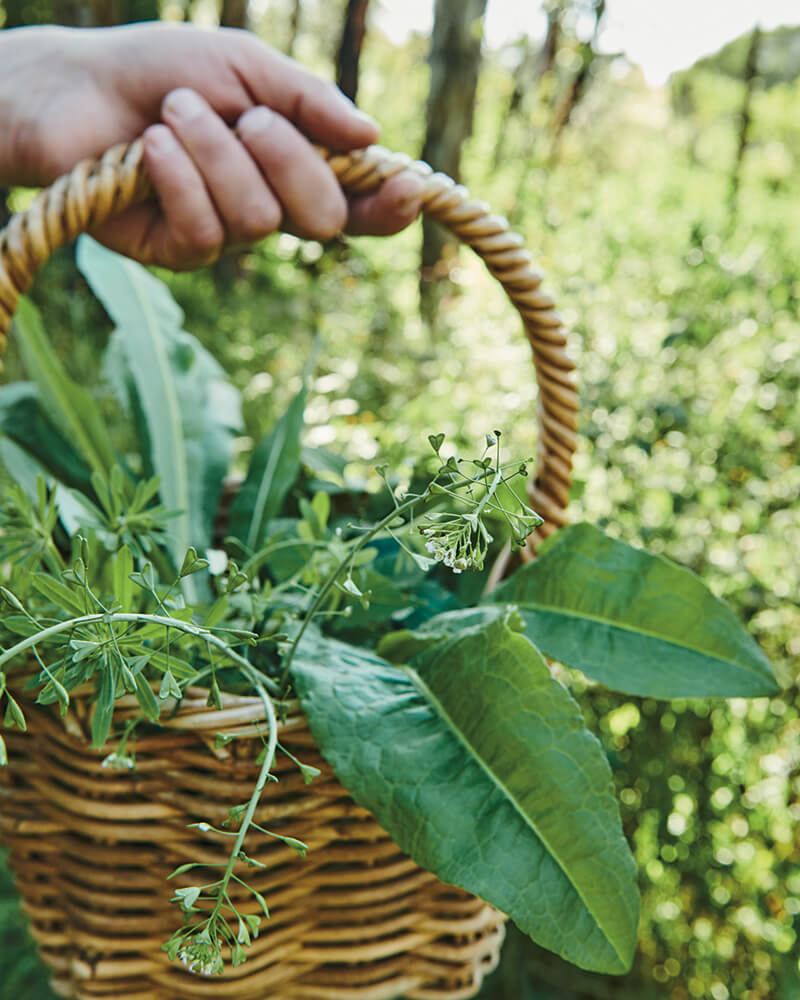
Can you tell us a little about your creative process? How did you approach writing the book?
I wanted to share the amazing stories entrusted to me by people from all over the world: stories of connection, identity and empathic recognition of oneself in a plant.
I have been teaching wild harvesting workshops for 20+ years, connecting with so many incredible plant people. People with a real passion for looking after the land and what it offers. I wanted to share these stories in the landscape where they were placed and the images by Hellene have achieved that, with exquisite tones and temperatures, gloriously framed in Ashlea’s design.
The drawings from Mirra then allow you to study and clearly see the details of the plant needed for identification. Marnee’s recipes are just a natural flow on, perfectly placing the plant and the knowledge on a dish of delicious food. I wanted to write a book to celebrate the stories, collaborating with amazing storytellers so that the message can be experienced more clearly.
Do you have a favourite weed?
Yes, dandelions, as they are a reliable and consistent source of medicine and food.
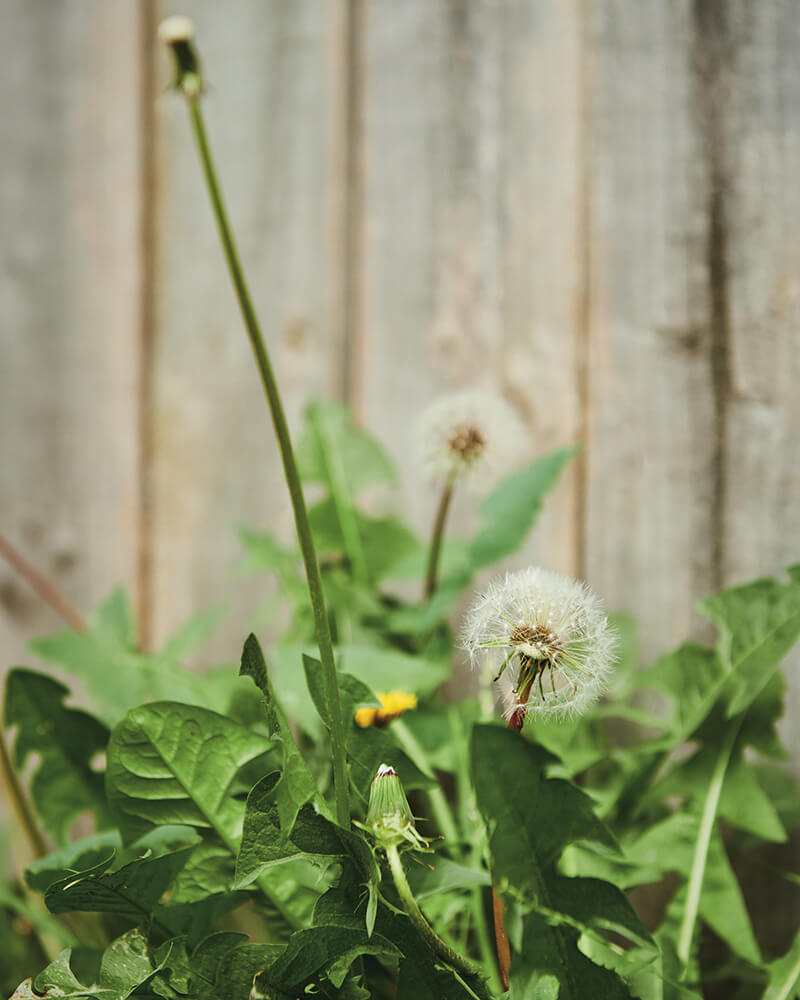
As we head into winter in Australia, what weeds should people keep their eyes peeled for, and what recipes do you recommend people make with them?
Winter months in Australia are filled with bitter greens and fresh herbs. I suggest keeping an eye out for sow thistle, flatweed, dandelion and chickweed. All of these plants are readily available in anyone’s garden and great in salsa verde for marinating or thrown in your warming soups. Also remember nettle, a plant that keeps coming up to offer delicious and nutritional sprouts through the colder months.
You also offer foraging workshops – how do these differ from the information in your book?
My workshops informed the book and are a hands-on experience where you get to taste, smell, touch and experience the plant in its ecology.
By talking to thousands of people individually every year, common questions and common plants keep popping up, and this is the information collected in the book: an easy, readable overview about how, where, when and what to forage In Australia.
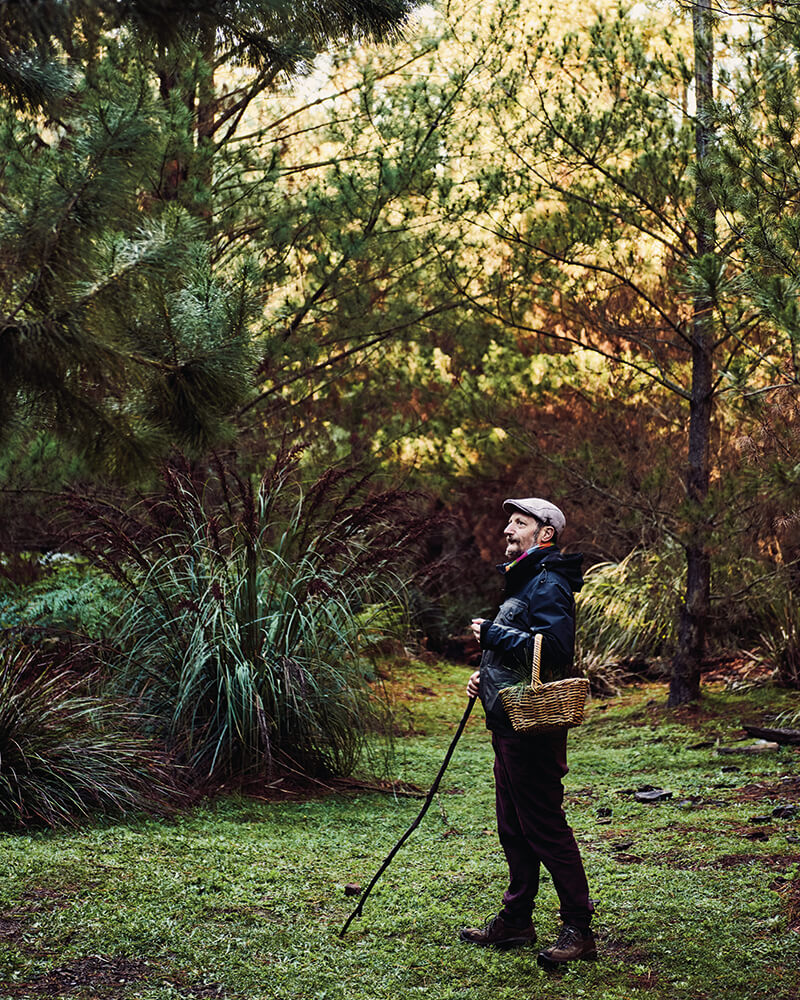
What’s next for you?
Writing Eat Weeds was a massive effort that took many years to present. There is a recipe book in the foreseeable future, but at the moment I just want to celebrate and distribute this book.
Is there anything else you want people to know about the book?
This is not the only book you should have about foraging, but hopefully, a good one that you will refer back to time and time again as you go through your journey of relearning the old stories. Enjoy!
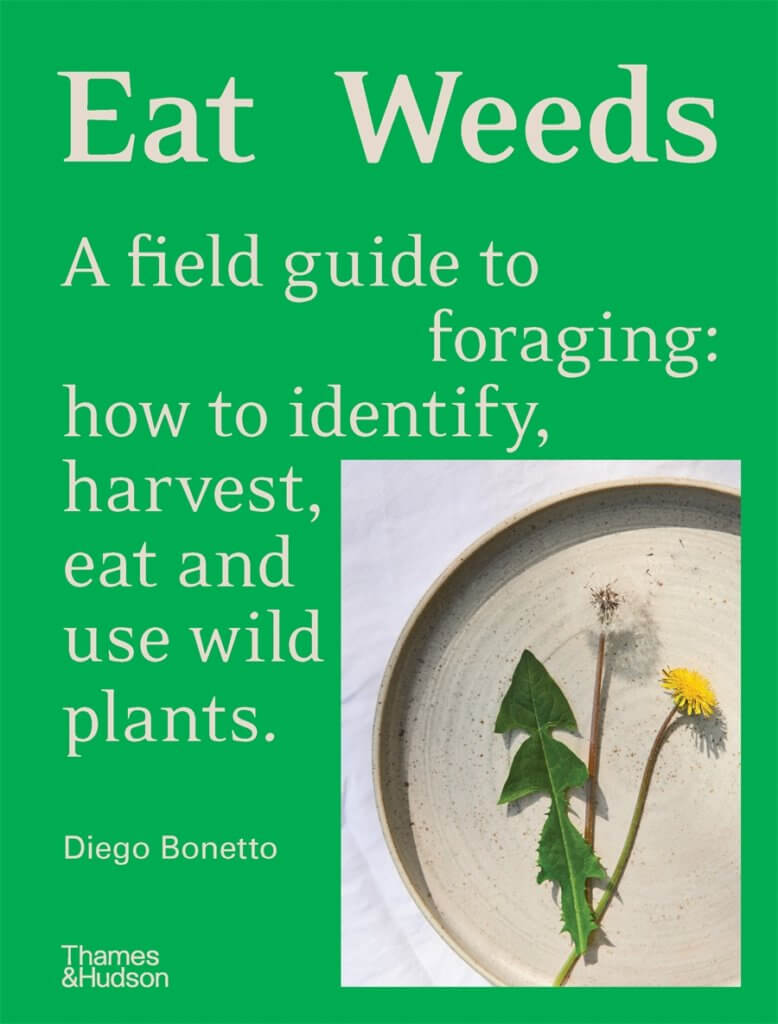
Eat Weeds by Diego Bonetto is available now.
AU $49.99
Posted on June 8, 2022